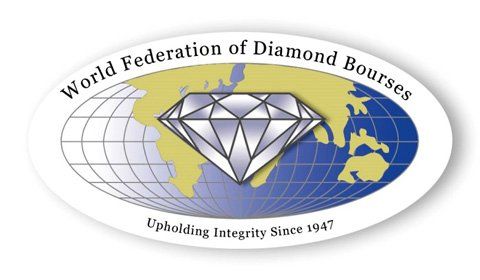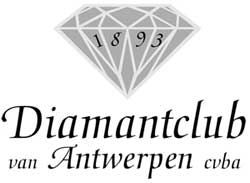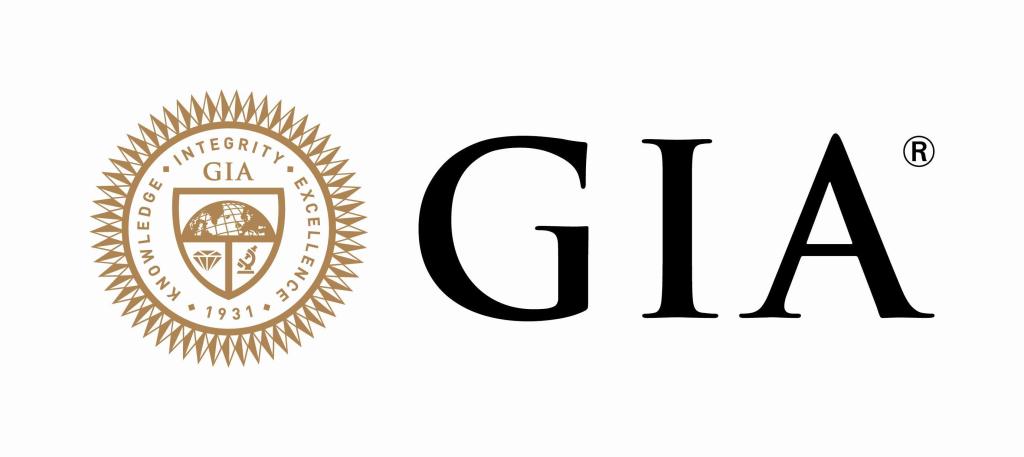How does the diamond market work?
Diamond trading is a world apart: each stone is traded one by one, face to face between seller and buyer and within a unique legal framework. We are far from the financial markets where the exchanges are done en masse at the millisecond on a simple rumor.
Historically, and by the number of transactions that are still carried out there
todaydespite competition from more recent Asian stock exchanges, Antwerp (Belgium) is the number one diamond market in the world. It is the birthplace and piloting of the entire diamond sector.
Nicknamed the “diamond capital”, Antwerp has four main trading centers:
- Diamantclub van Antwerpen (rough and cut diamonds),
- Beurs voor Diamanthandel (cut diamonds),
- Vrije Diamanthandel (rough and cut diamonds),
- Antwerpen Diamantkring (rough diamonds).
Other exchanges have subsequently emerged (31 in total), the most important being:
- Israel Diamond Exchange (Ramat Gan - Israel),
- New York Diamond Dealer Club (New-York - USA),
- Bharat Diamond Bourse (Bombay - India).
To unify practices and expand the market globally, the World Federation of Diamond Bourses (WFDB) was created in 1947 and imposed its system on the whole world.
How does the diamond market work?
Diamond trading is a world apart: each stone is traded one by one, face to face between seller and buyer and within a unique legal framework. We are far from the financial markets where the exchanges are done en masse at the millisecond on a simple rumor.
Historically, and by the number of transactions that are still carried out there
todaydespite competition from more recent Asian stock exchanges, Antwerp (Belgium) is the number one diamond market in the world. It is the birthplace and piloting of the entire diamond sector.
Nicknamed the “diamond capital”, Antwerp has four main trading centers:
- Diamantclub van Antwerpen (rough and cut diamonds),
- Beurs voor Diamanthandel (cut diamonds),
- Vrije Diamanthandel (rough and cut diamonds),
- Antwerpen Diamantkring (rough diamonds).
Other exchanges have subsequently emerged (31 in total), the most important being:
- Israel Diamond Exchange (Ramat Gan - Israel),
- New York Diamond Dealer Club (New-York - USA),
- Bharat Diamond Bourse (Bombay - India).
To unify practices and expand the market globally, the World Federation of Diamond Bourses (WFDB) was created in 1947 and imposed its system on the whole world.
L A WORL D FEDERATI ON O F DIAMON D SCHOLARSHIPS
The WFDB is the backbone of the diamond trade. The 31 world diamond exchanges must abide by the rules and traditions of the Federation, and these are very strict.
Its objective is to protect the interests of all players in the sector.
In addition, the WFDB delegates to the Stock Exchanges the organization of reconciliation commissions in the event of a dispute, where the interveners are judged by neutral persons. Diamond marketplaces therefore have their own legal system.
The Federation is also responsible for promoting the world diamond trade and validates training in the profession.
L A WORL D FEDERATI ON O F DIAMON D SCHOLARSHIPS
The WFDB is the backbone of the diamond trade. The 31 world diamond exchanges must abide by the rules and traditions of the Federation, and these are very strict.
Its objective is to protect the interests of all players in the sector.
In addition, the WFDB delegates to the Stock Exchanges the organization of reconciliation commissions in the event of a dispute, where the interveners are judged by neutral persons. Diamond marketplaces therefore have their own legal system.
The Federation is also responsible for promoting the world diamond trade and validates training in the profession.
Guillaume LOPEZ, President of Maison GUIMEL, is one of the rare French diamond dealers to be a Member of the Antwerp Diamond Exchange.












